Friday, June 25, 2010
New Phiaton
Thursday, June 24, 2010
Introducing the Comply S Series - A Review and Comparison
I have been switching back and forth between each type of the three Comply foam tips for the last two weeks to get a hold of how differently each is. So far I must say my personal favorite is still Comply T400 (in general), though it is not to say I dislike the others. They all have some pros and cons in comparison.
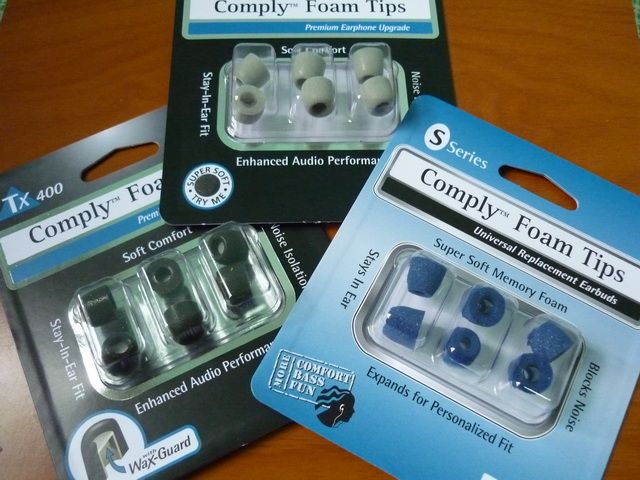
T400, being the original Comply, is what I am most comfortable with. It is soft, not irritating, and generally has the least impact on sound as compared to the other two. This means I can use it on most IEM without worrying too much of any sonic change, but I do expect the sound signature to turn just a little warmer, smoother and slightly less detail on the treble end. This is perhaps to be expected of using any foam tips and not unique to Comply.
TX400 pretty much does the same as T400, consider they are based on the same foam. However, TX400 also adds more bass weight and takes away just a little more treble because of the foam filter. It is not necessary a bad thing as I have found that TX400 works rather well with IEM that usually being described as analytical or leaner on bass (i.e. Head-Direct RE0, Phiaton PS210, etc). The added filter also works well on stopping earwax from getting to the IEM filter, which can be a pain to clean. This is of course great news for IEM users who tend to have more earwax. On a side note, I also prefer the black color as it is the least obvious when it becomes dirty.
To be fair, the blue colored S400 doesn’t quite look as impressive as its T/TX series counterparts on first sight. I was worrying the rougher outer surface might be irritating in use (as compared to the T series smooth surface), but I was wrong. It pretty much feels just the same as T400, and I do find it to have a little better grip in the ear canal than T series. One important thing I have observed on the S400 is the slower expansion after squeezing which gives it the ability to hold its shape much longer than T series after removal from the ear canal. It is a benefit when situation requires the user to do a quick remove and insert (i.e. try to listen to another person talking). The foam holds its shape and there is no need to squeeze the foam again. In comparison, T400/TX400 will usually just spring back to full size once removed and often needed to be re-squeezed for better fitting. In a sense, S400 does apply just a tiny bit less pressure to the ear canal. The only minor downside about S400 is that it tends to absorb more treble than T400/TX400, which could be the result of a narrower nozzle opening, the rougher surface which absorbs more sound, or perhaps combination of the two. This is probably the only reason why I personally prefer the more revealing (sonic wise) T400. Fitting and comfort wise, I think the new S series could easily equal or better than the T series depends on personal preference.
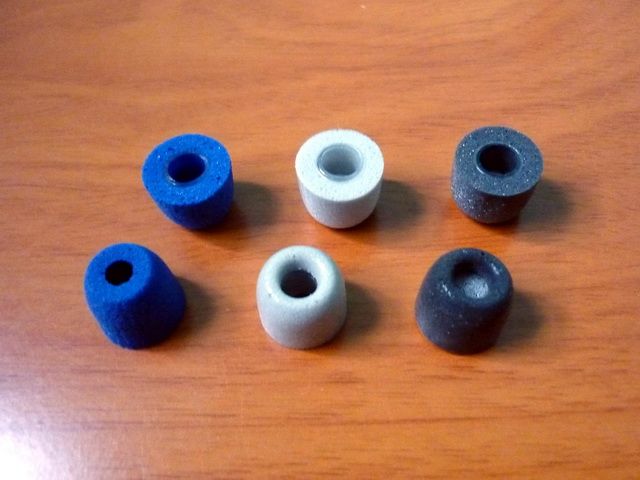
S series is supposed to be a different type of foam though the typical soft and tender feeling is just as obvious as other Comply. It is also going to be cheaper (US$9.95 a tri-pack) than the current T / TX series which should offer a better bang for the buck for foam tips user.
Thursday, June 17, 2010
[REVIEW] Hippo Shroom-EB - The Real Psychedelic Punch
I have reviewed the original Shroom less than 7 months ago, and by all mean it is a pretty good IEM for its price. But for those who pay attention to the current IEM market, ‘moving fast’ has became almost an understatement in IEM lifecycle. The idea of Shroom-EB, as I was told, came from comments on wanting more bass in the original Shroom. So fast-forward to today, a new edition comes with an enhanced bass response to quench the need of some brain-punch, as if the original psychedelic concoction is not enough. The new Shroom has been adequately named Shroom-EB, and that is ‘extra bass’ for you and me.
Note: Since the next two sections are the same between the original Shroom and EB, I just copied them over from my old review here.

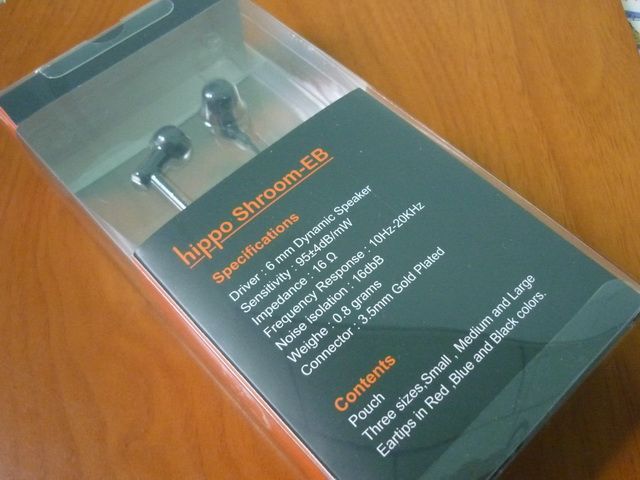
Monday, June 14, 2010
[REVIEW] Fischer Audio Omega v2 and Eterna v2
Though this is a review, I don’t want to spend too much time covering things such as specification or build quality since they have been mentioned in my previous two reviews (first and second) and pretty remain the same in both v1 and v2. For Eterna v2, besides having the new improved cable, it looks and feels almost identical to the old Eterna. For Omega v2, it is pretty much the same except it doesn’t have the cable tie and cable guide. So, please read my previous two FA review for detail that haven’t been mentioned here. As you have seen below, the new v2 comes with new packaging to avoid any confusion of which version a buyer will get.
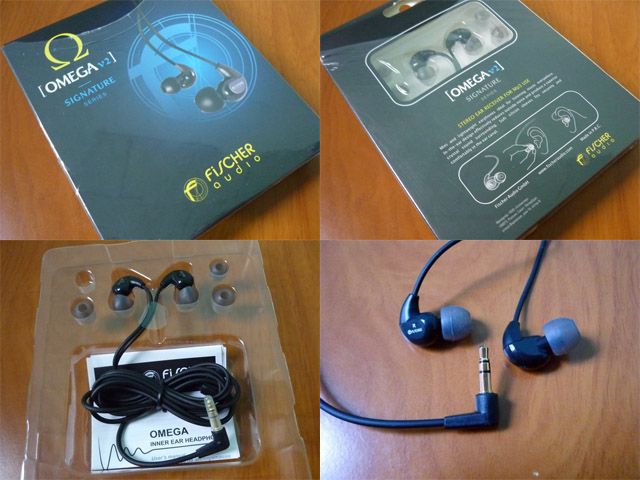
Omega v2
Frequency range: 12-22000 Hz
Sensitivity: 105 dB
Impedance: 32 Om
Input power: 60 mW
Cable Length: 1.25 M with Oxygen-Free Copper cable
Includes: Single flange eartips (S, M, L) and manual.

Eterna v2
Sensitivity: 110 dB
Impedance: 18 Ohm
Input power: 350mW
Cable Length: 1.25m OFC cable
Thursday, June 10, 2010
[REVIEW] Phiaton PS-320 - A Great Listening Experience
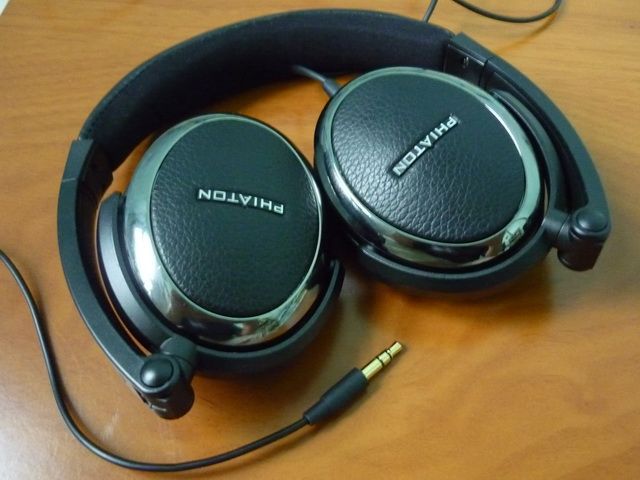
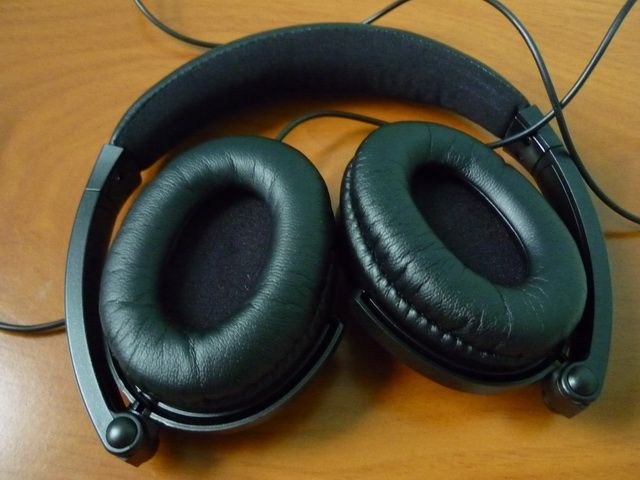
Tuesday, June 8, 2010
Perfect Bass at a Great Price.
Sunday, June 6, 2010
[REVIEW] Brainwavz M1
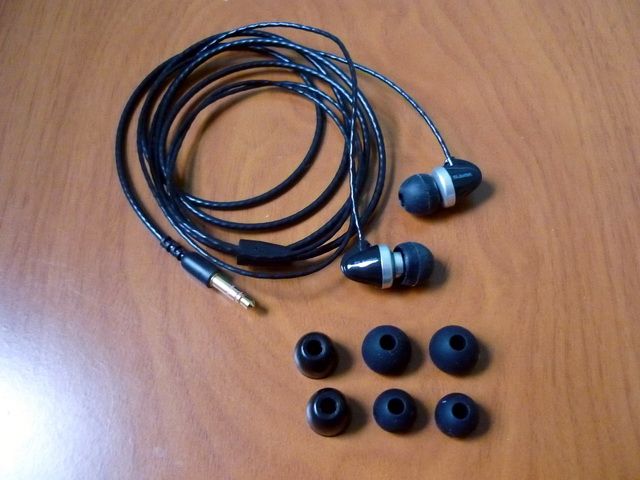
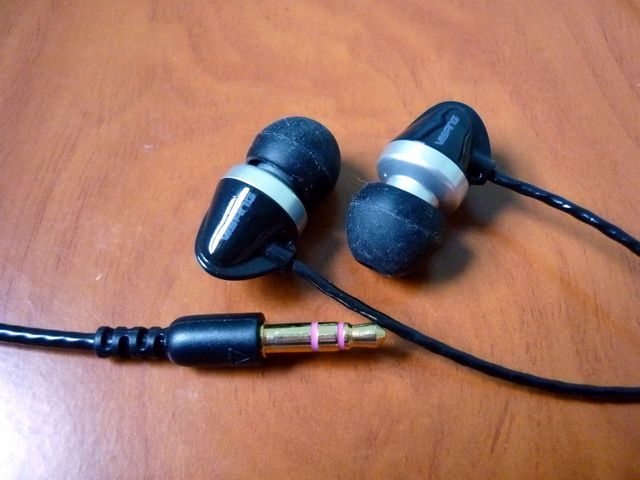
Saturday, June 5, 2010
CanJam 2010: First Wave
Friday, June 4, 2010
[REVIEW] Fischer Audio FA-002 and FA-003: Two to Tango
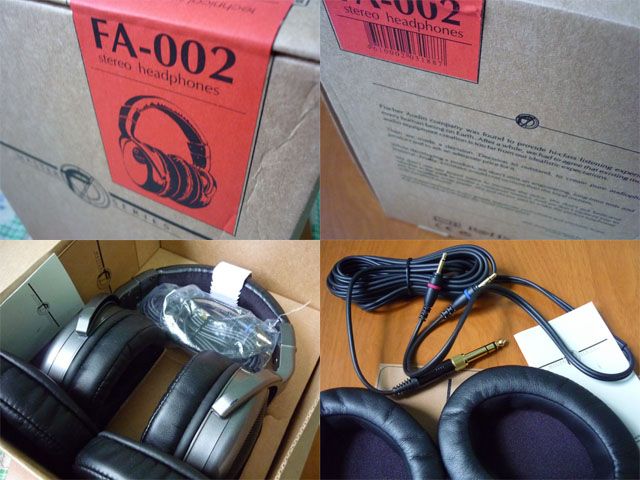
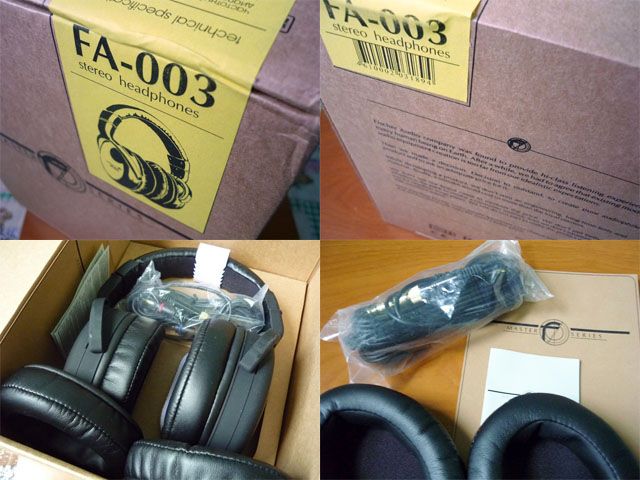
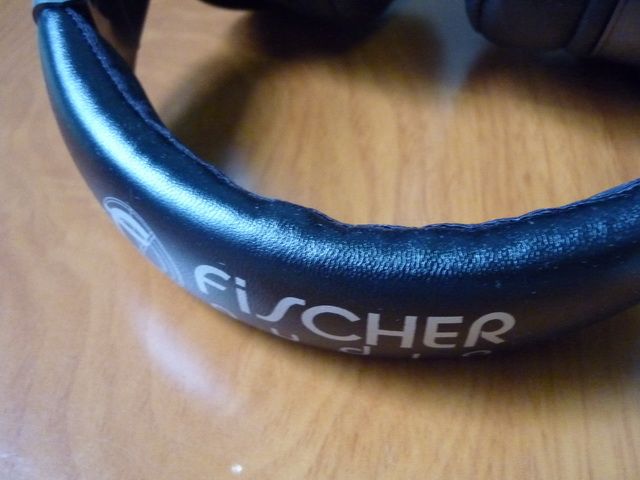
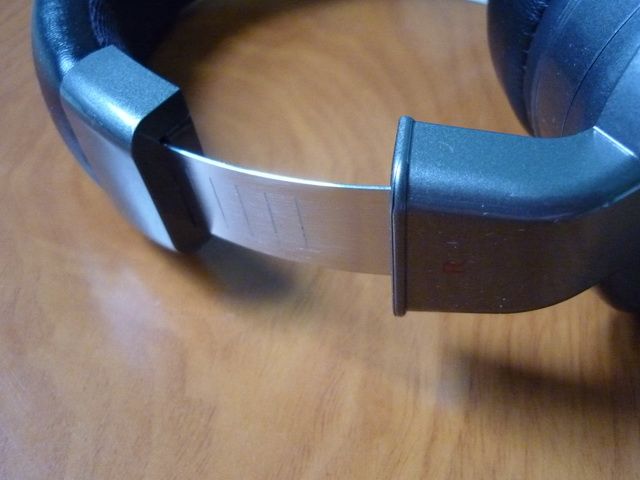
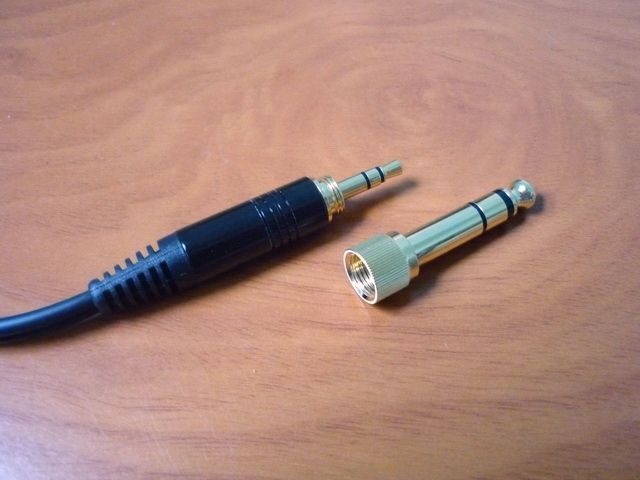
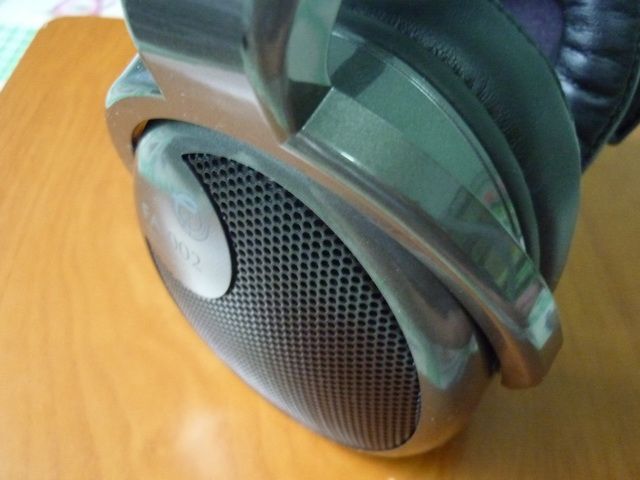
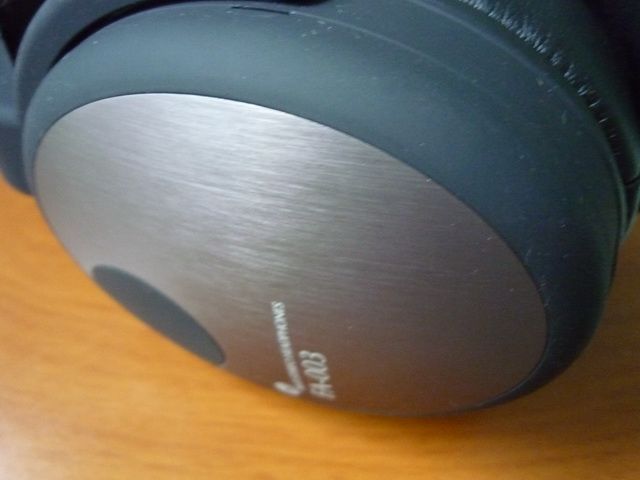

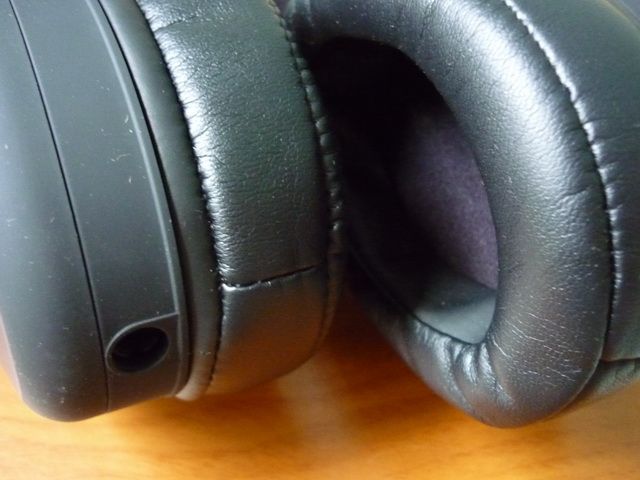
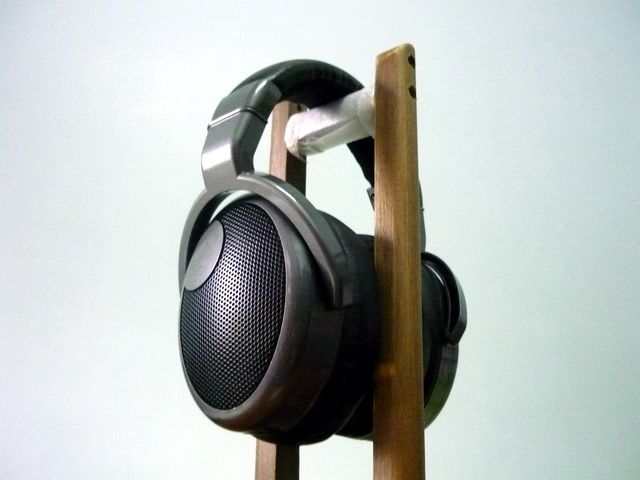
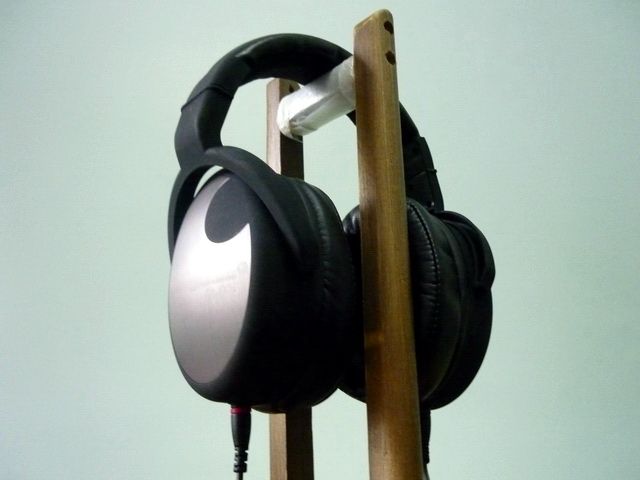

JH-3A: The Right Direction
Disclaimer: All trademarks and logos in the website belong to their respective owners. Beside getting free review samples, I don't work for or get paid by anyone to write anything on this website, or anywhere else in that matter. Also, free review samples are never sold for any financial gain. I do buy gears and review them, but for simplicity you (the reader) should always assume what I review is free sample in nature (and thus comes with all the bias). The website does have Google Ads and Amazon Associates enabled (which I have no direct control over their content) - though I don't write review for a living, nor does the ads generates enough money to cover my breakfast (in fact, not even one breakfast per week). Listening to music and playing with audio gears are purely hobby for me. In short, I am just an audiophiles who happens to have his own blog. Not a journalist who happens to be an audiophile. Oh, and excuse my writing as I am not a native English speaker and can't afford a proofreader. Also, just because I don't write in a negative tone doesn't mean I don't write down the negative aspect of a gear. Please read them carefully. Last but not least, please note that this site uses cookies to track visitors' number and page view.
Important: All postings are my own personal opinion only and should not be treated as absolute truth. I do get things wrong just like everyone else. Always do your own research!











